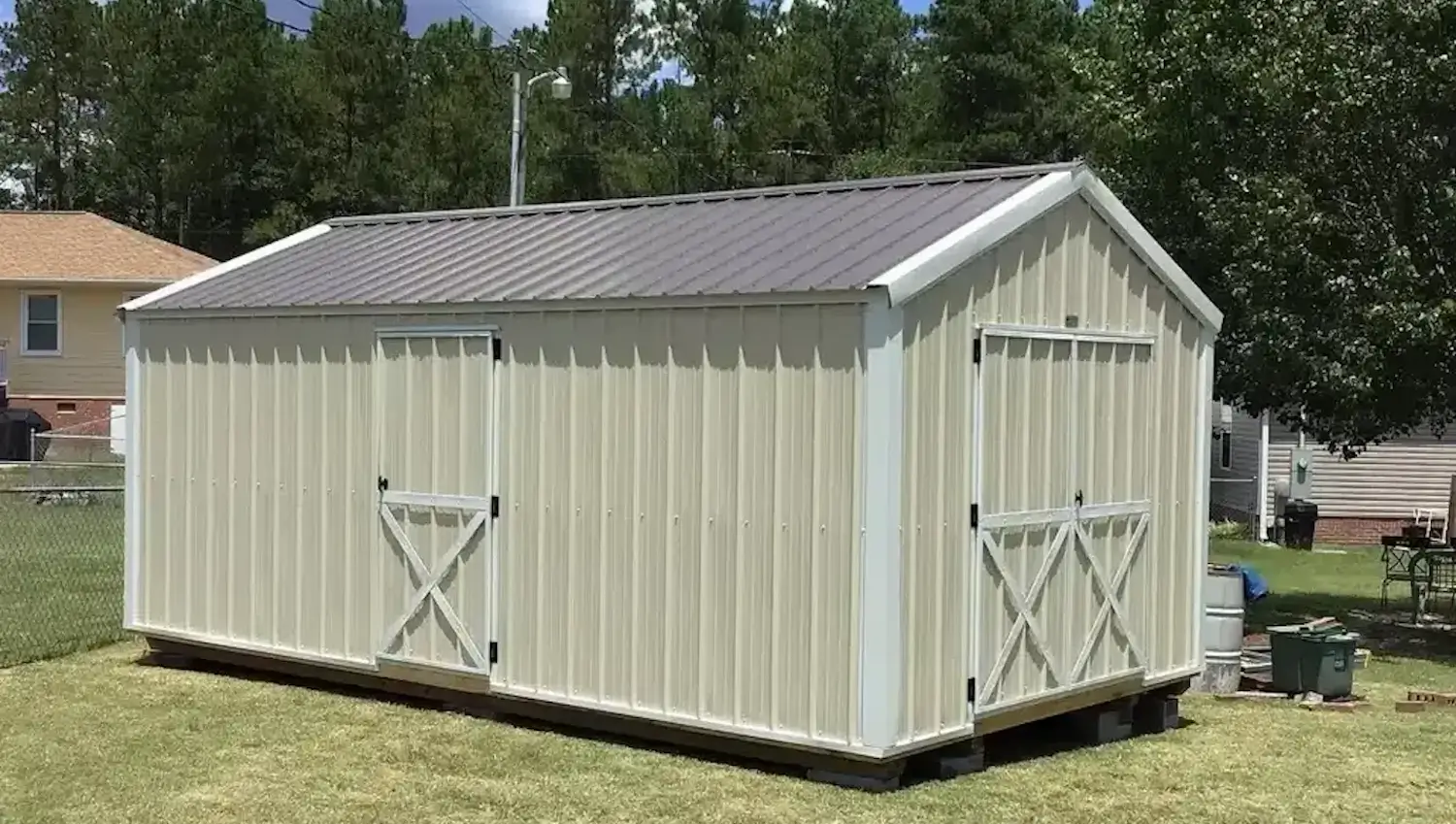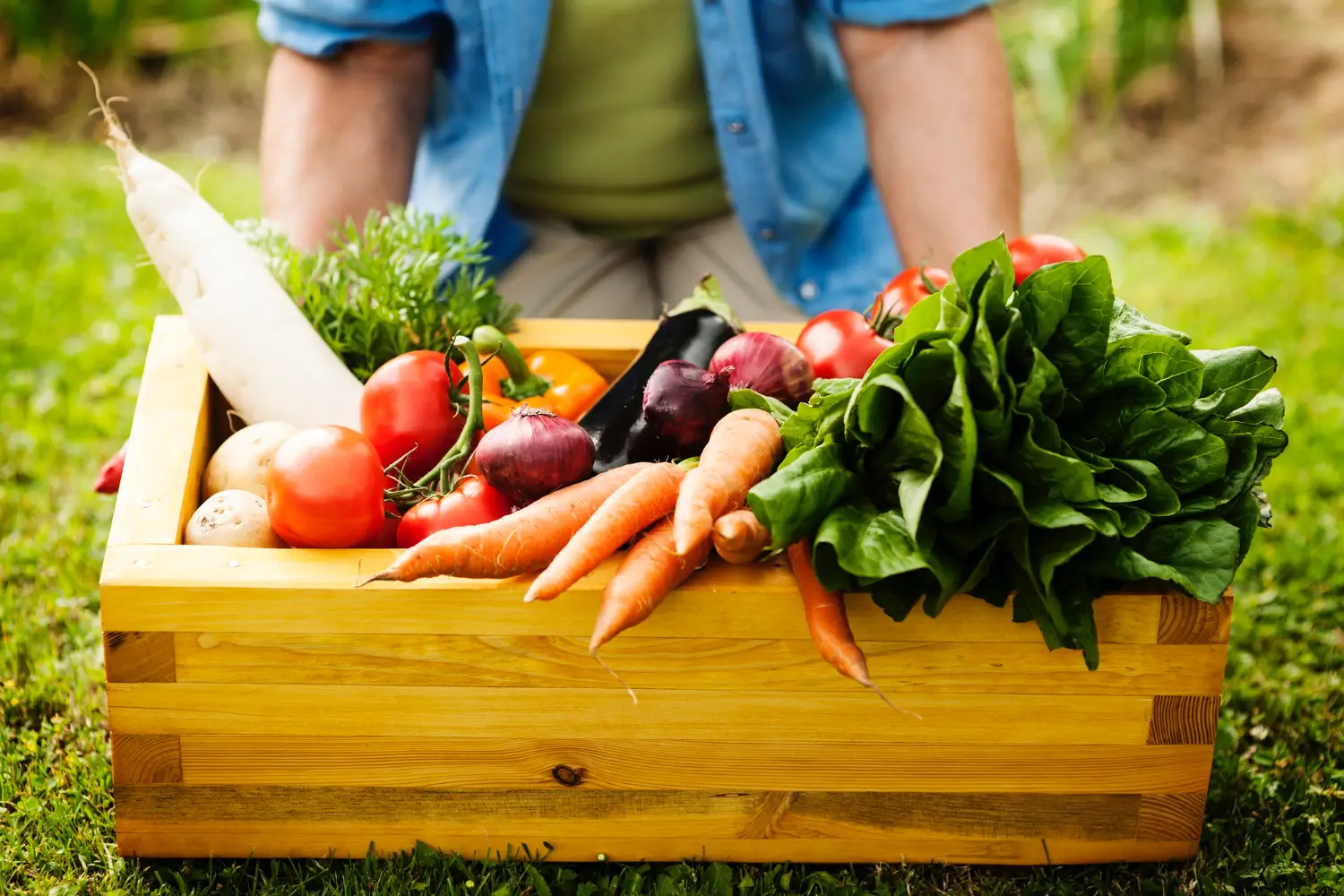
August 24, 2025

These days a lot of people depend on supermarket vegetables and herbs. These foods also travel long distances to the kitchen. During their trip across land and sea, both their freshness and their nutritional content decline. They’re also sprayed with chemicals and then wrapped in plastic, which definitely isn’t the best for the environment. And so people are seeking better alternatives — food that is good, fresh and sustainable.
Vego garden provides the pleasure of harvesting food. Home-grown vegetables and herbs taste fresher and are better. The experience of harvesting lettuce for a salad or basil for a dish from the garden is not only flavorful but also satisfying. Ensuring that users choose the best vegetables for the Vego garden is essential to being successful at gardening. By blending root vegetables, leafy greens and herbs, a Vego garden can supply food all year round.
Not all the varieties of vegetables and herbs available are equally suited to a home garden. Some plants produce plenty of food in a short time, and there are plants that will demand much care and give little in return. To succeed with a Vego garden, select healthy vegetarian garden plants using a few simple rules.
The vegetables and herbs are highly medicinal. Leafy greens such as kale, spinach, and lettuce are packed with vitamins and minerals, while beets and carrots offer up antioxidants and fiber. Herbs like parsley and basil contribute both flavor as well as valuable nutrients, including vitamin C and vitamin K.
Every inch matters in a small kitchen garden. Things like cherry tomatoes, kale and pole beans are known to be heavy producers in a small space. Pole beans, for instance, grow vertically, thus conserving space as they produce a continuous supply of pods.
An excellent Vego garden keeps producing from one season to the next. That means planting cool-season crops, including radishes, peas, spinach, along with warm-season ones, like tomatoes and basil. Gardeners who use succession planting can have harvests of fresh produce during nearly every season.
Crops that are beginner-friendly are a must, especially for those just starting their garden journey. Radishes, kale and arugula are carefree, fast-growing plants that take little pampering. They are perfect to raise confidence in gardening basics.
The most useful are those that slide naturally into daily meals. There are so many ways to cook with lettuce, chard and tomatoes, and herbs such as thyme and oregano add richness to dishes, whether simple or complex. Opt for versatile plants, so that nothing goes to waste.
A Vego garden will be most lovable if it can yield both abundant and nutritious food. By selecting high-yielding vegetables for a vegetarian garden, users can have lots of fresh vegetables even if they have only a small vegetable garden.

Cherry tomatoes are also known as “Garden super-stars,” as they produce a ton of tomatoes in a very small amount of space. Unlike larger tomato plants, which may give a few big fruits all at once, cherry tomatoes give clusters of small, sweet fruit over many weeks.This consistent supply has made it many gardeners’ favorite for its reliable yields.
Cherry tomatoes are one of the garden’s easiest herbs to use. Basil also protects tomatoes from pests and enhances their growth. Parsley and oregano are also good friends, added for a bit more flavor in the kitchen.
Leafy greens are essential in a Vego garden as they are quick growing, offer ongoing harvests and are highly nutritious.
Peas and beans are vertical growers that utilize every inch of height. They also enrich the soil by fixing nitrogen, a boon to crops planted later.
Sugar snap peas are the favorite of many since the pod is entirely edible. They grow well on trellises and provide early harvests in spring or fall when the weather is cool. Peas are yummy and healthy. They also have vitamin C, fiber, and protein.
Beans
Beans come in two main forms:

Root vegetables are important as they last longer than leafy green produce, and many are of dual use, producing both edible roots and leaves.
Although vegetables are the key players in a Vego garden, herbs add flavor, scent and harmony to the garden, as well as to the cooking pot. They are simple to grow, usually need only a small space, and many are natural helpers like some that can repel pests while others will attract beneficial insects.
They are the cornerstones of everyday cooking. They are easy to plant and are perfect for small places—plant them in pots, window boxes or along the edge of the garden.
Basil is one of the more popular herbs to grow in the garden. It goes great with tomatoes, both in taste and in planting. When planted near tomato plants, basil is said to enhance their flavor and aid in warding off pests like aphids and whiteflies. In the kitchen, basil is a common herb in pasta dishes and salads as well as soups and pesto.
Parsley isn’t just a garnish — it is packed with nutrition, including vitamin C, vitamin K and iron. Flat leaf has a stronger taste and curly parsley is usually eaten for looks. In the garden, parsley is attractive to beneficial insects including hoverflies that help manage pests. Easily grown in borders or containers and harvested all year round.
Chives, Oregano, and Thyme

Other herbs are treasured not only for flavor, but for their scent, longevity, and insect resistance in the garden.
A successful Vego garden is not based on single-season harvests, but on considered plantings that deliver food all year round. Through a combination of cool-season and warm-season crops, succession planting and efficient use of space, gardeners can provide their kitchen with fresh produce every month.
Cold months are made for leafy greens and root vegetables. Vegetables like spinach, kale, peas, radish and turnips do well in spring and fall. They are hardy, fast to grow, and often sweeter after a frost or two. These are the staples of early and late crops.
Summer is the opportunity to cultivate sun-loving plants such as cherry tomatoes, basil, beans and Swiss chard. These crops need longer days and warmer soil, but they pay the gardener back with high yields and hearty tastes. By planting them once the frost has passed, they will carry the garden through the hottest months.
If users need a continuous harvest, successive crops are helpful. For instance, planting lettuce or radishes every 2-3 weeks means that the user will have a perpetual harvest, rather than one big pile of radishes or lettuce. Roots and greens can be alternated with beans or peas to keep the soil in good condition.
Raised beds, planters, and vertical supports like trellises are optimal for small spaces. Tall crops such as pole beans can ascend while leafy greens like to grow beneath. Herbs planted along the edges of or in small pots lend flavor and help protect vegetables from pests.
A Vego garden is an easy way to eat better, save money and live more sustainably. With careful selection of plants, fresh crops are available for anyone all year round. A mix of cool-season crops, like spinach and radishes, with warm-season favorites like cherry tomatoes and basil, keeps the garden productive year round. Raised beds, containers and vertical supports make it work even in smaller areas.
Growcycle is a great resource for all stages of gardening. From recommendations on which crops to choose to planning the garden, they make it easier to start and maintain a thriving vegetarian herb garden.
Disclaimer: This material is for informational purposes only and should not be relied on for legal, medical, financial, or any other form of professional advice.
Leafy greens, like lettuce, kale and spinach, as well as root crops, including carrots, radishes and beets, excel in raised beds. It has loose, well-draining soil that encourages these plants to be strong and grow healthy.
There are few easier vegetables to grow than radishes and lettuce. They have a fast turnaround, need minimal care and can be picked after just a few weeks, which makes them an ideal variety for a first-time grower.
The best combination is to mix high-yield large plantings of vegetables like cherry tomatoes, beans and kale with quick-growing vegetables such as radishes and lettuce. Planting herbs like basil, oregano, and mint will make the garden productive, tasty and helpful all year.